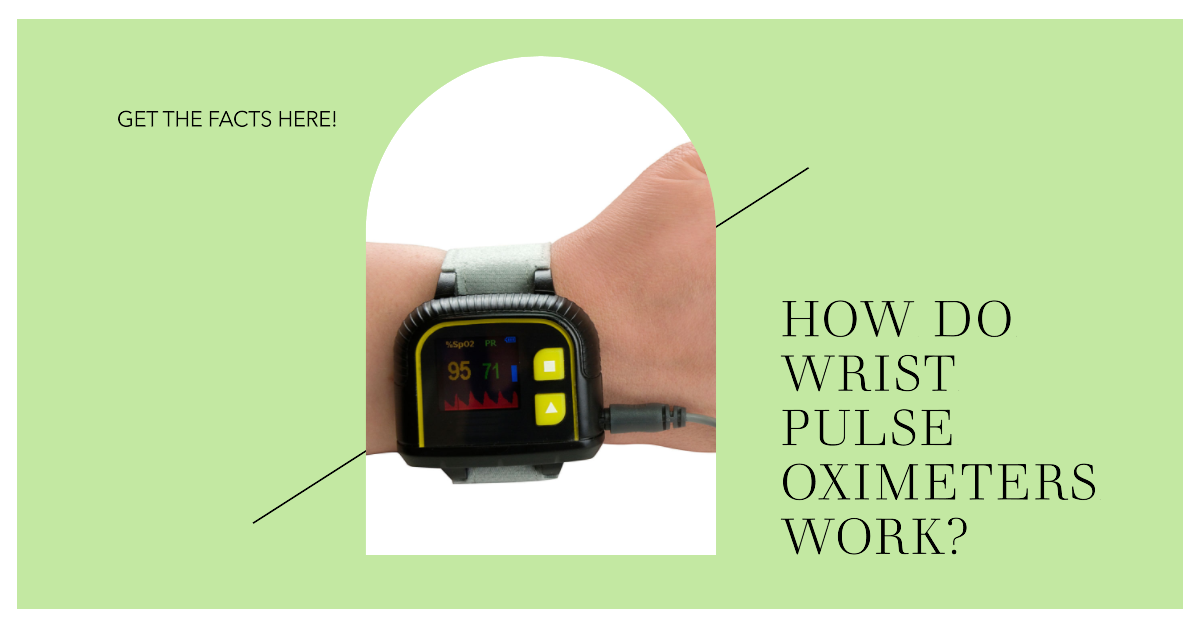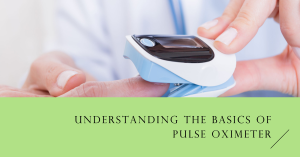
In the realm of healthcare technology, wrist pulse oximeters have emerged as a groundbreaking innovation, revolutionizing the way we monitor our health. These compact and portable devices have gained immense popularity due to their ability to measure blood oxygen levels and pulse rates with ease.
If you’re curious about the inner workings of these remarkable devices, join us as we delve into the fascinating world of wrist pulse oximeters.
Understanding the Basics: A Comprehensive Guide

At its core, a wrist pulse oximeter is a non-invasive medical device that employs a combination of photoplethysmography (PPG) and spectrophotometry to measure the oxygen saturation levels in your blood. The device typically consists of two main components: a sensor unit and a display unit. The sensor unit is fitted with an LED light emitter and a photosensitive receptor, while the display unit presents the user with real-time data.
The PPG Process
The PPG process forms the foundation of wrist pulse oximeters. When you place the device on your wrist, the LED light emitter illuminates the underlying blood vessels, primarily the capillaries. The light passes through your skin and penetrates these vessels. The intensity of the light is then captured by the photosensitive receptor.
As blood pulsates through your capillaries, the volume of blood in these vessels changes with each heartbeat. This phenomenon is known as blood volume pulse (BVP). By measuring the variations in the light intensity caused by the BVP, the wrist pulse oximeter can calculate your pulse rate accurately.
Spectrophotometry and Oxygen Saturation
The second crucial aspect of wrist pulse oximeters is spectrophotometry. By examining the absorption of light at different wavelengths, the device can determine the oxygen saturation levels in your blood. Oxygenated hemoglobin absorbs light differently than deoxygenated hemoglobin, allowing the device to discern the oxygen saturation percentage.
To achieve this, the wrist pulse oximeter emits two wavelengths of light: red and infrared. Hemoglobin absorbs these wavelengths differently depending on its oxygenation status. The device compares the intensity of the two wavelengths after they pass through your capillaries, enabling it to calculate the oxygen saturation level in your blood.
Accuracy and Limitations
Wrist pulse oximeters have proven to be highly accurate in providing oxygen saturation and pulse rate readings for the majority of users. However, it’s essential to note that certain factors may affect their performance. Factors such as poor circulation, cold temperatures, nail polish, or excessive movement can interfere with the accuracy of readings.
Furthermore, wrist pulse oximeters may not be suitable for individuals with certain medical conditions or dark skin tones. In such cases, a healthcare professional may recommend alternative monitoring methods, such as fingertip pulse oximeters or arterial blood gas analysis.
Applications and Benefits
The applications of wrist pulse oximeters are vast and varied. These devices have become indispensable tools for athletes, aviation professionals, and individuals with respiratory conditions such as asthma or chronic obstructive pulmonary disease (COPD). By monitoring their oxygen saturation levels and pulse rate, users can gain valuable insights into their overall health and make informed decisions.
The benefits of wrist pulse oximeters extend beyond the realm of personal health monitoring. Healthcare providers can utilize these devices in clinical settings to assess patients’ conditions, especially during surgical procedures, anesthesia administration, or post-operative care. The compact nature of wrist pulse oximeters also makes them suitable for telemedicine, enabling remote monitoring of patient’s vital signs.
Conclusion
Wrist pulse oximeters represent a remarkable fusion of cutting-edge technology and healthcare. By harnessing the power of photoplethysmography and spectrophotometry, these devices provide valuable insights into our blood oxygen levels and pulse rate. Whether you’re an athlete striving for peak performance, an individual managing a respiratory condition, or a healthcare professional caring for patients, wrist pulse oximeters offer a convenient and reliable means of monitoring vital health metrics.





